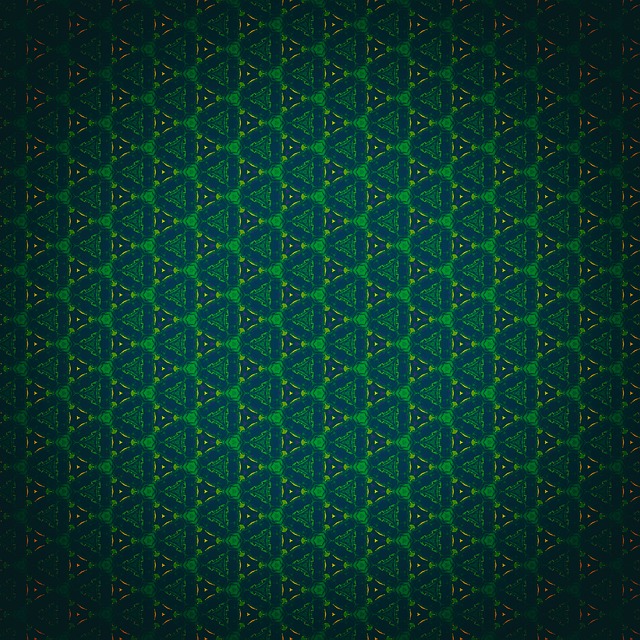
A website is useful for many applications. Websites can be places where goods and services are sold, and it can be a platform for self-expression. There are many folks who want their own site but don’t understand how to design it. Keep on reading for some great tips for making your site one that people will remember.
Use a fixed-position navigation format for easy navigation for your users. By locking the menu to a fixed point on the screen, you can make sure it is constantly visible to the user regardless of where they scroll to on the screen. This helps anyone who just stumbles across your site view it more seamlessly. It can also make it easier for them to do something you want them to do (like get on your email list).
Have a search element included so visitors can search your website content. Visitors may look for something specific, and that box will be the one of the first things they look for. If you don’t get one of these, they may move to a site that has something like that. Always put the box somewhere near the right page’s top because people will look for it there.
Pop-ups should not be used on your site. There is little worse than visiting a site and being attacked by pop-up ads or newsletter sign-up boxes. Many people will close a website that brings pop-ups as soon as they can, no matter what size the site is. It’s best to stay away from this type of ad to keep your visitors happy. If the host you uses forces these pop-ups on you, you may want to consider looking for a new host.
If you want your website to be more attractive, consider adding your own pictures. Pictures help your site seem more approachable and user friendly. Pictures also help to keep your visitors interested and keeps them at your site longer.
You always want to make the user’s needs your top priority. As a web designer, you should always focus on the viewer’s needs. Things such as interactivity, accessibility, user experience and usability are all very important. These are some important considerations to make. Look at the site through the eyes of a user as you design.
Different types of files can be larger than others, and that can make a big difference to your website loading time. Ideally, graphics should be made from GIFs and JPEGs. PNG and BMP files take up a lot of disk space. By converting your graphics, you can help speed up load times.
Optimize your website to ensure fast load times. Visitors will leave if they find themselves waiting for your website to load. Therefore, cut back on things like Flash, how many graphics you have, and expire headings.
If you are thinking about different topics for websites, it is important that you secure a domain name for the site, immediately. Get creative and choose something you want, but reserve the name early to ensure you have it. Many people might have the same idea as you. It’s like we’re all connected or something.
If you are serious about website design, then Adobe Dreamweaver is one program you need to consider. This software is simple and can be quickly learned. There are lots of features and many layouts and templates for you to use. You can preview your site before finalizing it.
Sign up for newsletters that can help you learn about website design techniques periodically. Web designers can derive great benefits from newsletters, whether they are self-taught amateurs or experienced pros.
Proofread all of the content on your site so that you don’t look like you rushed through it. You want visitors to easily absorb it. Errors make your site look careless and unprofessional and this, in turn, will not encourage a positive reputation for your site.
Everyone has heard about Photoshop, and they know that they have to learn it in order to become successful with web page design. However, the companion program of Dreamweaver will take your website creation to a whole new level, so do not neglect incorporating it into your portfolio of skills.
Keep your content to a minimum when first creating your website. Visitors want simple, informative content they can use.
It helps in the site design process if you continue to learn as you go. Once you master any facet of website development, move on to another. This might really drag out the site-building process, but you will be rewarded with knowledge enough to churn sites out by the dozen once you learn.
If you are cultivating your website design skills with an eye towards designing many sites at a professional level, it behooves you to learn how to use multiple platforms. Your future efforts will be more productive the sooner you learn platforms like Java, PHP, and MySQL. Be a designer of many talents, whether you are designing a brand new site, or just helping your friend start one.
In conclusion, having a website is useful. You can share all kinds of pertinent information and actively pursue sales. If you are interested in a website, it is not beyond your reach if you follow these tips.